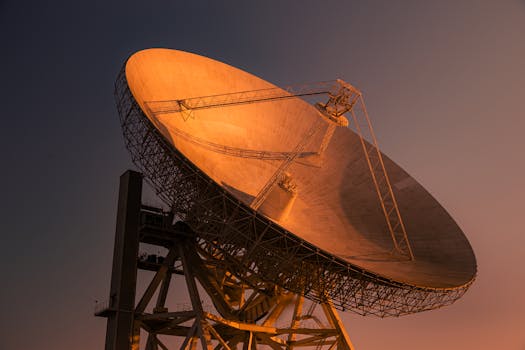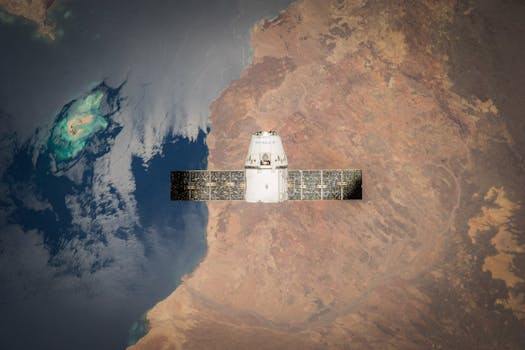Satellite Telecommunications 2023: Key Developments and What They Mean for the Industry

Satellite Telecommunications 2023: Key Developments and What They Mean for the Industry
Satellite Telecommunications 2023 has been a pivotal year for the satellite telecommunications industry, with numerous breakthroughs and innovations transforming the landscape of global connectivity. The focus keyword Satellite Telecommunications 2023 is crucial in understanding the current state and future prospects of this rapidly evolving field. As the demand for high-speed, reliable, and ubiquitous internet access continues to grow, satellite telecommunications have emerged as a vital component in meeting these needs. This article delves into the key developments of 2023 and analyzes their impact on the industry.
The year 2023 has seen significant advancements in satellite technology, including the launch of new constellations, improvements in satellite design and manufacturing, and the development of more efficient launch systems. One of the most notable developments has been the expansion of low-earth orbit (LEO) satellite constellations. Companies like SpaceX, Amazon’s Kuiper Systems, and OneWeb have been at the forefront of this trend, launching hundreds of satellites into LEO to provide global internet coverage. These constellations offer several advantages, including lower latency, higher speeds, and greater connectivity, especially in remote and underserved areas.
Technological Advancements and Innovation

Technological innovation has been a driving force behind the growth of the satellite telecommunications industry in 2023. Advances in areas such as photonics, quantum technology, and artificial intelligence (AI) are being integrated into satellite systems to enhance their capabilities and efficiency. For instance, the use of photonics in satellite communications enables the transmission of data at higher speeds and over longer distances without significant signal degradation. Similarly, the incorporation of AI and machine learning (ML) algorithms into satellite operations can improve predictive maintenance, enhance network management, and optimize resource allocation.
The development of reusable launch vehicles has also been a significant factor in reducing the cost of access to space, making satellite launches more economical and frequent. This has opened up opportunities for smaller satellite operators and startups to enter the market, contributing to a more diverse and competitive industry landscape. Furthermore, advancements in satellite manufacturing technologies, such as 3D printing and digital twin simulations, are allowing for the production of more complex and sophisticated satellites at lower costs and with shorter development cycles.
Market Trends and Regulatory Frameworks

The market for satellite telecommunications has experienced substantial growth in 2023, driven by increasing demand for broadband services, particularly in the maritime, aviation, and rural connectivity sectors. The COVID-19 pandemic has further accelerated this trend, as the need for remote work solutions and digital connectivity has become more pronounced. In response to these developments, regulatory bodies around the world are updating their frameworks to accommodate the evolving nature of the satellite industry. This includes spectrum allocation policies, licensing regimes, and standards for satellite operations to ensure safe and efficient use of space.
Moreover, there is a growing emphasis on sustainability and environmental responsibility within the satellite telecommunications sector. As the number of satellites in orbit increases, so does the risk of space debris and the potential for environmental harm. In response, industry players and regulatory agencies are adopting guidelines and best practices for sustainable satellite operations, including the responsible disposal of satellites at the end of their life cycle and the minimization of orbital debris.
Conclusion and Future Prospects

In conclusion, the year 2023 has been transformative for the satellite telecommunications industry, marked by significant technological, market, and regulatory developments. As Satellite Telecommunications 2023 continues to evolve, it is expected that the industry will play an increasingly critical role in bridging the digital divide, enabling global connectivity, and supporting a wide range of applications, from navigation and remote sensing to telecommunications and scientific research. The future of satellite telecommunications holds much promise, with ongoing innovations and investments poised to unlock new opportunities and challenges for the industry in the years to come.
See more:







